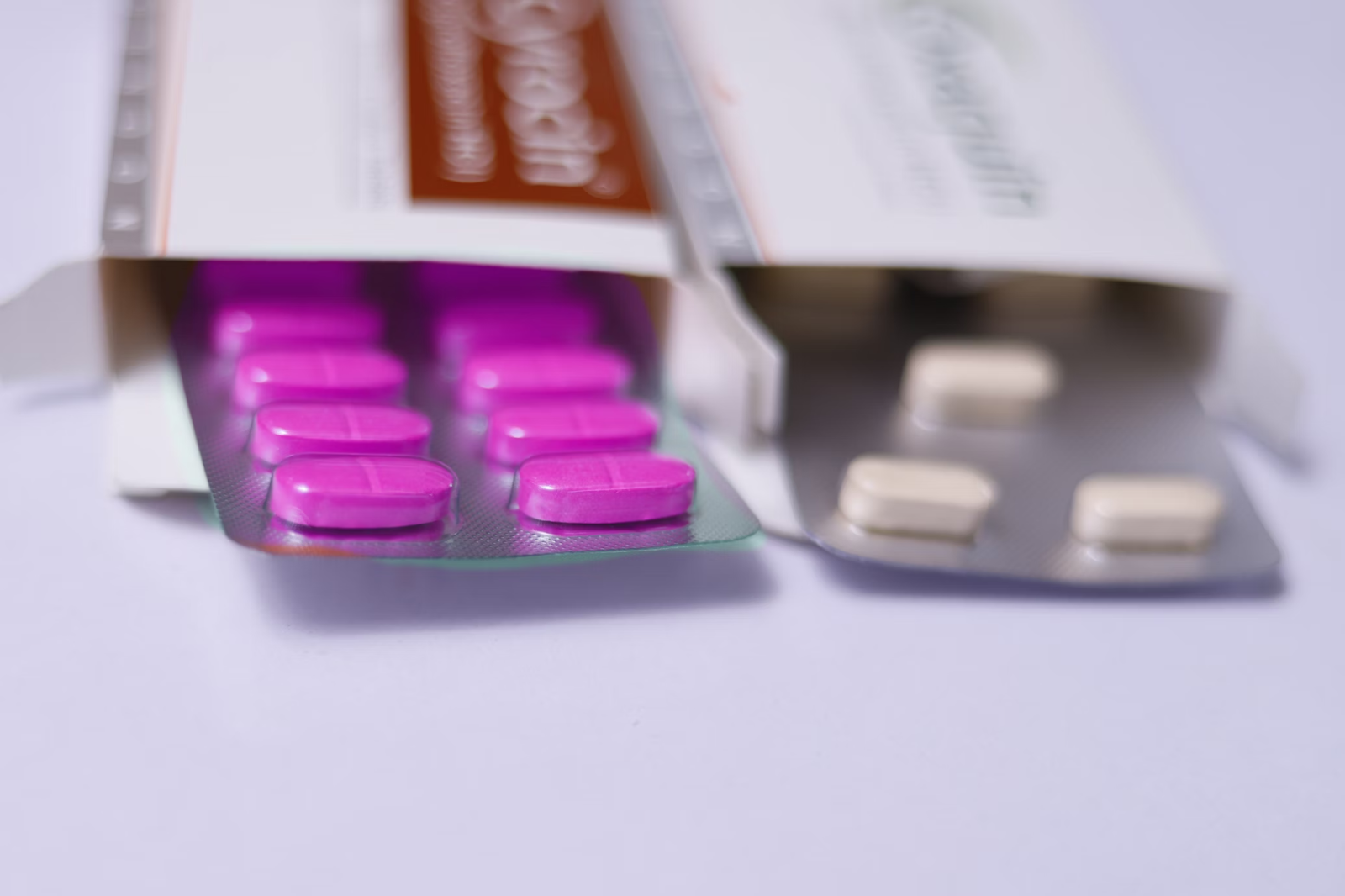
How Modafinil Abuse Can Lead to Addiction
In our relentless pursuit of productivity and cognitive prowess, Modafinil has emerged as a beacon of hope. Originally designed to alleviate sleep disorders, its off-label use as a cognitive enhancer has skyrocketed. However, beneath the surface of heightened focus and increased wakefulness lies a complex landscape of risks, where the line between therapeutic use and abuse can blur. This article delves into the multifaceted ways in which Modafinil misuse can spiral into addiction, unraveling the tempting facade of enhanced cognitive function.
The Temptation of Enhanced Focus
The promise of heightened focus draws individuals to Modafinil, seeking an edge in the demanding realms of work and study. The drug’s influence on dopamine, the neurotransmitter associated with pleasure and reward, creates an initial sense of heightened alertness. Tasks that once seemed insurmountable become manageable, and the allure of increased productivity becomes irresistible. As explained by the therapists from Newport Academy and modafinil experts – researchers have developed modafinil to help people who experience narcolepsy which is a chronic sleep disorder that causes overwhelming daytime drowsiness and sudden attacks of sleep. However, this enhanced focus is a double-edged sword, masking the potential risks that can manifest with prolonged and unregulated use.
As users revel in the initial benefits, they may underestimate the toll Modafinil takes on the delicate balance of neurotransmitters in the brain. Dopamine receptors can become desensitized over time, leading to a diminished response and the potential for a dangerous cycle of escalating dosage to maintain the desired effects.
The Slippery Slope of Escaping Fatigue
Fatigue, a ubiquitous companion in our fast-paced lives, often prompts individuals to turn to Modafinil as a remedy. Its classification as a “wakefulness-promoting agent” makes it an appealing choice for those grappling with sleep-deprived situations, such as looming work deadlines or exhaustive study sessions. The drug provides an artificial boost of energy, allowing users to power through tasks with seemingly boundless stamina. However, relying on Modafinil to combat fatigue sets the stage for a perilous cycle where the body’s natural signals of exhaustion are overridden, potentially leading to dependence.
The body’s internal clock, governed by circadian rhythms, relies on periods of rest to maintain balance. Modafinil disrupts this delicate equilibrium, allowing users to push beyond their natural limits, often with little regard for the long-term consequences. As fatigue is temporarily vanquished, the body’s need for genuine rest is ignored, creating a scenario ripe for the development of addictive patterns.
Chasing Peak Performance: The Deceptive Allure
In a society that places a premium on achievement and success, the allure of Modafinil as a shortcut to peak performance is undeniable. The drug becomes a tool for those seeking a competitive advantage, a means to outpace colleagues or peers. The initial psychological boost provided by Modafinil can create a self-perpetuating cycle where the perceived benefits become integral to an individual’s self-perception and success.
The danger lies not only in the physical effects of the drug but also in the psychological dependence that can develop. Users may find their self-worth intricately tied to their ability to perform under the influence of Modafinil, leading to a gradual erosion of confidence without it. This psychological entanglement can be a precursor to a more entrenched form of addiction, as the drug transitions from a performance enhancer to a perceived necessity.
The Dark Side of Cognitive Enhancement
While the promise of cognitive enhancement is alluring, the dark side of Modafinil misuse reveals itself in the realm of mental health. Reports of anxiety, irritability, and even paranoia have surfaced among those who engage in excessive use. The very pursuit of cognitive enhancement can take a toll on mental well-being, as individuals grapple with the delicate balance of brain chemistry.
Modafinil’s impact on neurotransmitters is a double-edged sword. While it initially boosts levels of dopamine, prolonged use can disrupt the intricate dance of neurotransmitter activity, leading to mood disturbances. Anxiety, once a driver for productivity, can transform into a debilitating force, further reinforcing a reliance on the drug as a means of maintaining a semblance of normalcy.
Tolerance and the Escalation of Use
Modafinil’s insidious nature becomes apparent with the development of tolerance, a phenomenon where the body adapts to the drug, necessitating higher doses to achieve the same effects. The initial sense of alertness and focus that users experience begins to wane as the body becomes accustomed to the drug’s presence. This tolerance fosters a dangerous cycle where escalating doses amplify the risk of adverse effects and addiction.
As users find themselves increasing their dosage to chase the elusive cognitive benefits, they inadvertently pave the way for physical dependence. The body’s reliance on Modafinil to function optimally creates a precarious situation, where attempts to cut back or quit can result in withdrawal symptoms, further reinforcing the cycle of use and dependence.
The Social Impact: Strained Relationships and Isolation
The consequences of Modafinil abuse extend beyond individual well-being to the fabric of social connections. As the drug becomes an integral part of daily life, users may find themselves increasingly isolated, consumed by the pursuit of productivity at the expense of meaningful relationships. The toll on interpersonal connections, both personal and professional, serves as a stark indicator of the deeper ramifications of Modafinil abuse.
Workplaces may witness a decline in collaborative efforts as individuals prioritize their pursuits over team dynamics. Friendships and familial bonds may strain under the weight of a preoccupation with the drug, leading to a sense of isolation that exacerbates the psychological toll of addiction. The very tool sought to enhance performance becomes a barrier to authentic connection, highlighting the social cost of Modafinil misuse.

As with any substance, the line between therapeutic use and abuse can be blurred, particularly in the realm of cognitive enhancement. Modafinil’s potential for addiction may not be immediately apparent, but its impact on brain chemistry and psychological well-being is undeniable. As we seek to optimize our cognitive abilities, it is imperative to tread carefully and consciously assess the risks inherent in pursuing




